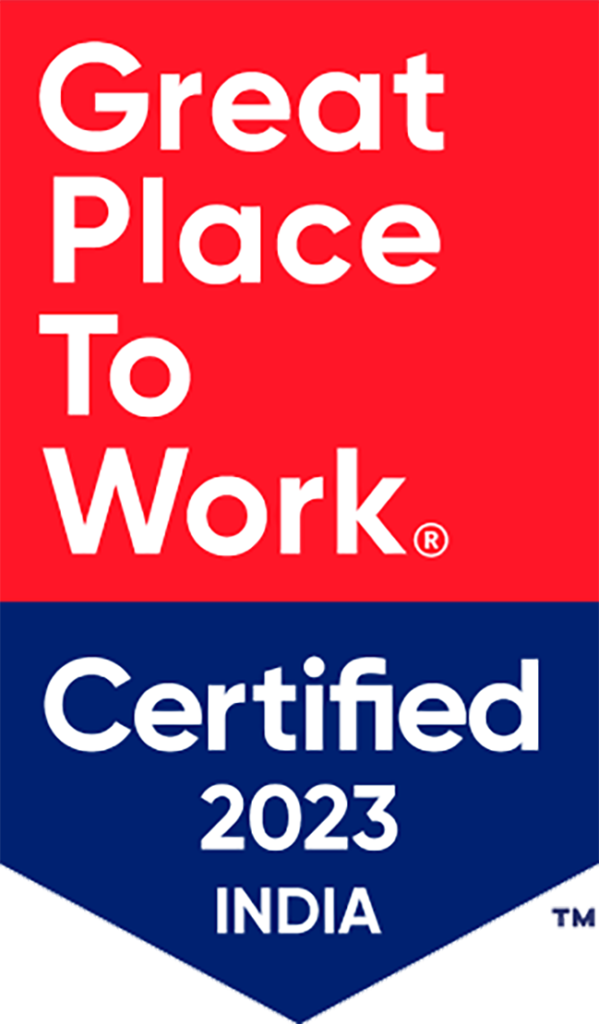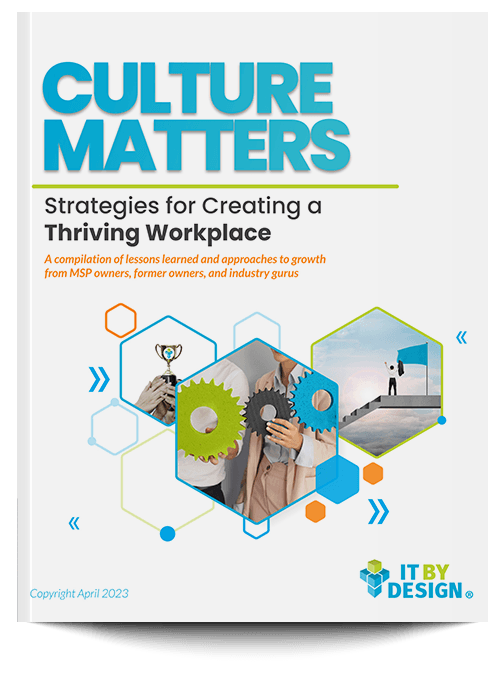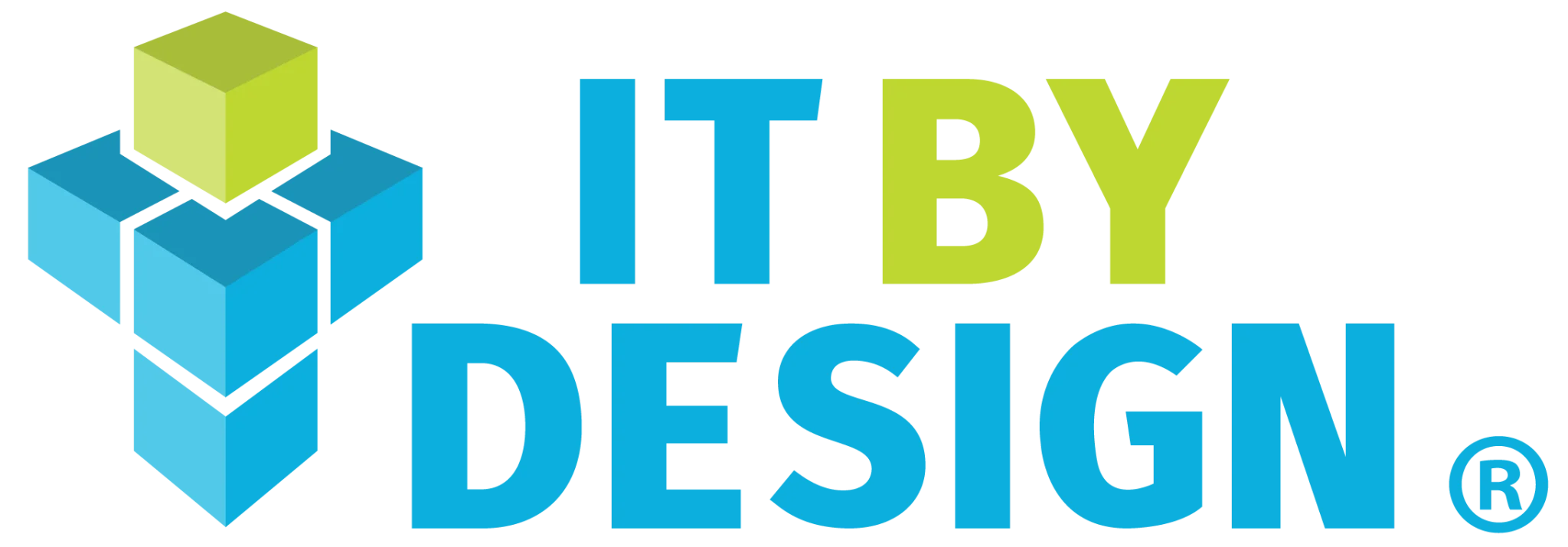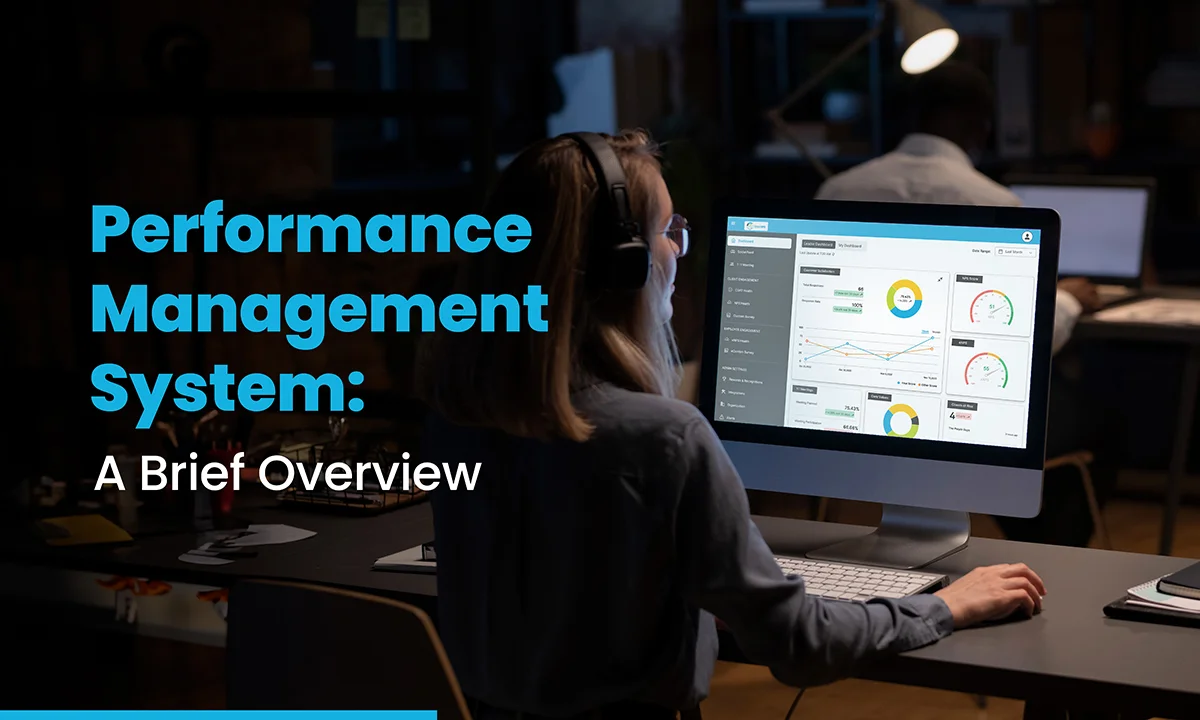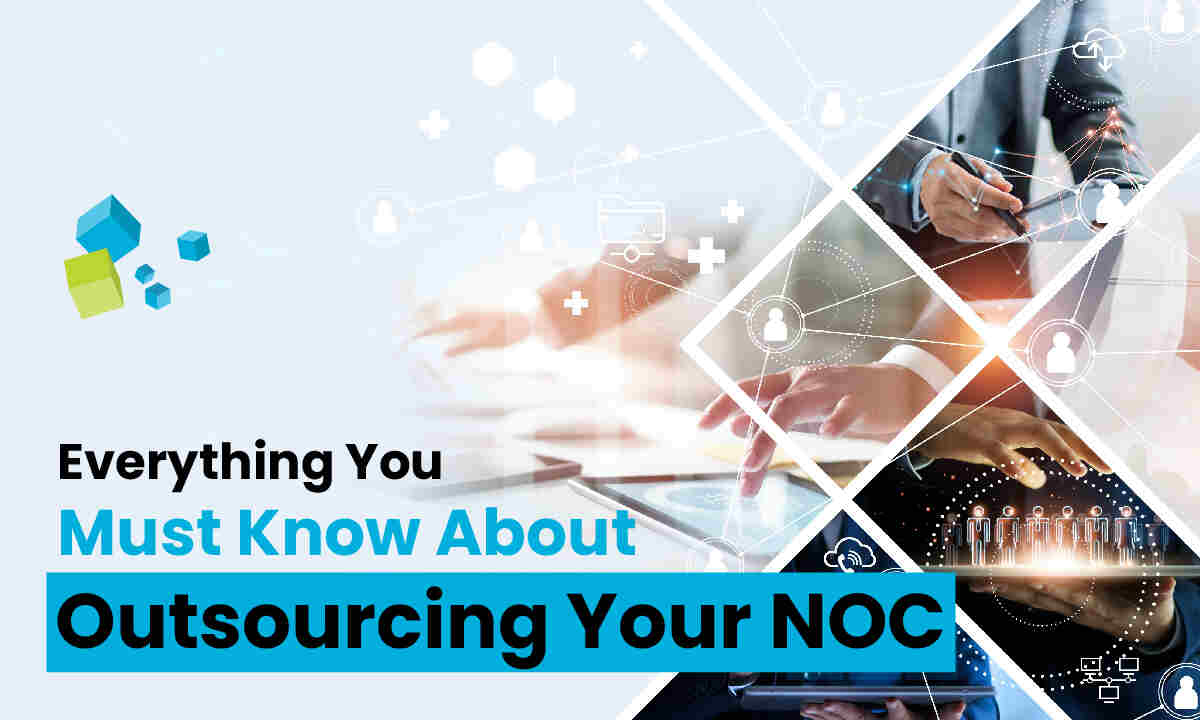The collective set of values, norms, and rituals shapes the behavior and interactions of individuals within an organization. Workplace culture wields a significant influence on aspects such as employee engagement, productivity, retention, innovation, and customer satisfaction. The significance of creating a positive workplace culture in improving the mental health and overall well-being of workers was highlighted in the aftermath of the pandemic.
Regrettably, a considerable number of companies either overlook their culture or allow it to evolve by default, lacking a clear vision or strategy. Such oversight may result in a misalignment between the envisioned and actual culture, establishing a lack of trust and alignment among both employees and leaders. According to a survey by ZipDo, 55% of workers strongly or somewhat agreed that their employer perceives their workplace environment to be much healthier mentally than it actually is.
To overcome this, companies can build their workplace culture deliberately rather than passively. This involves a purposeful and proactive approach towards defining, communicating, and reinforcing the desired environment while continually measuring and enhancing it over time.
Creating an Intentional Community
The following steps can guide the development of a workplace culture by design:
1. Define Core Values and Purpose
The guiding principles that inform decisions and actions (values) and the reason for the existence of the company and its aims (purpose) should be clear, simple, and persuasive. When employees, consumers, and other stakeholders are involved in this process, it ensures that the method is both real and relevant.
2. Communicate Culture to Stakeholders
Once the values and purposes of the organization have been identified, it is necessary to communicate effectively and consistently with both internal and external audiences.
This can be accomplished through the utilization of a wide range of channels, including but not limited to: websites, social media, newsletters, events, and training sessions.
A business can develop a consistent and favorable image by ensuring that its branding, marketing, and customer service practices are in line with the culture of the workplace.
3. Reinforce Values Through Policies and Practices
Culture should not only be communicated—it should be lived through actions. This can be accomplished by implementing guidelines that reinforce community values.
It is of the utmost importance to coordinate rules in order to guarantee that they promote and reward desirable behaviors. Systems like hiring, onboarding, performance management, learning and development, compensation, and benefits should all reflect and support the intended workplace climate. Leaders and managers should have the skills and resources necessary to model and support desired behavior within their teams.
4. Measure and Improve Over Time
Recognizing that the culture of the workplace is constantly evolving, businesses should routinely monitor and analyze it using both quantitative and qualitative data. Methods like surveys, interviews, focus groups, observations, and analytics may be included in this category.
The importance of collecting input from employees and consumers and acting on that feedback, as well as resolving any gaps or problems, cannot be overstated.
Key Benefits and Advantages
Building a culture by design, not default, holds the potential to create a workforce that is more engaged, productive, loyal, and content. It also positions the organization as more competitive, innovative, and profitable, attracting and retaining top talent and customers. For MSPs, improving how employees interact and engage with the company can be a significant advantage in the industry.
The specific values and purposes that define a workplace culture, the manner in which they are communicated and reinforced, and the methods used for measurement and improvement over time are unique to each organization. Each company must tailor its approach to these aspects to create a community that aligns with its identity and goals. The far-reaching benefits of doing so include enhancing employee engagement, productivity, retention, innovation, customer satisfaction, and mental health.
What type of workplace culture does your organization have? Did it occur organically or was there intention behind it?



